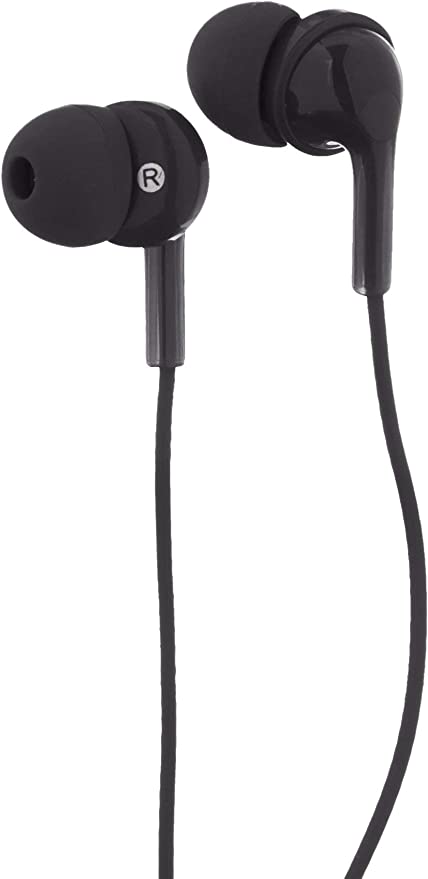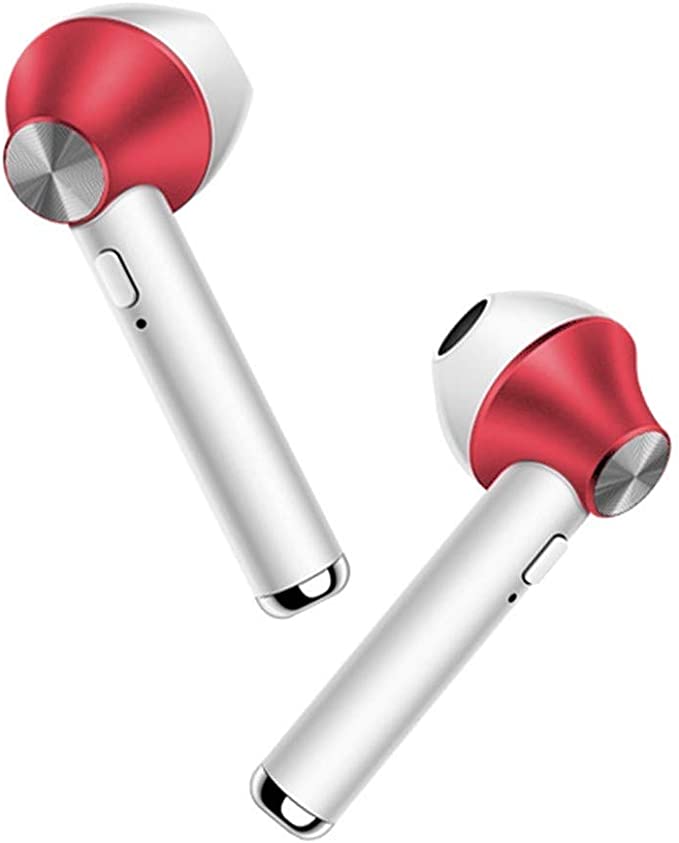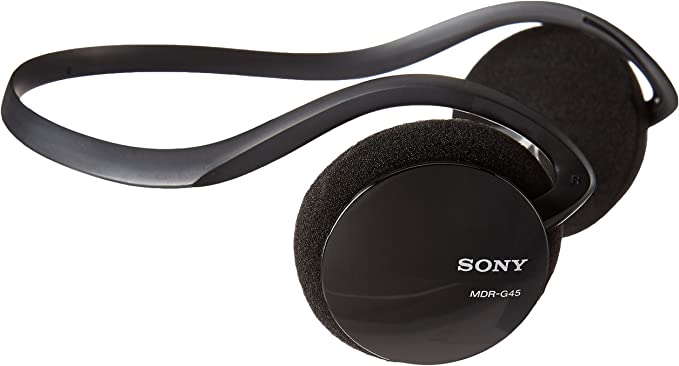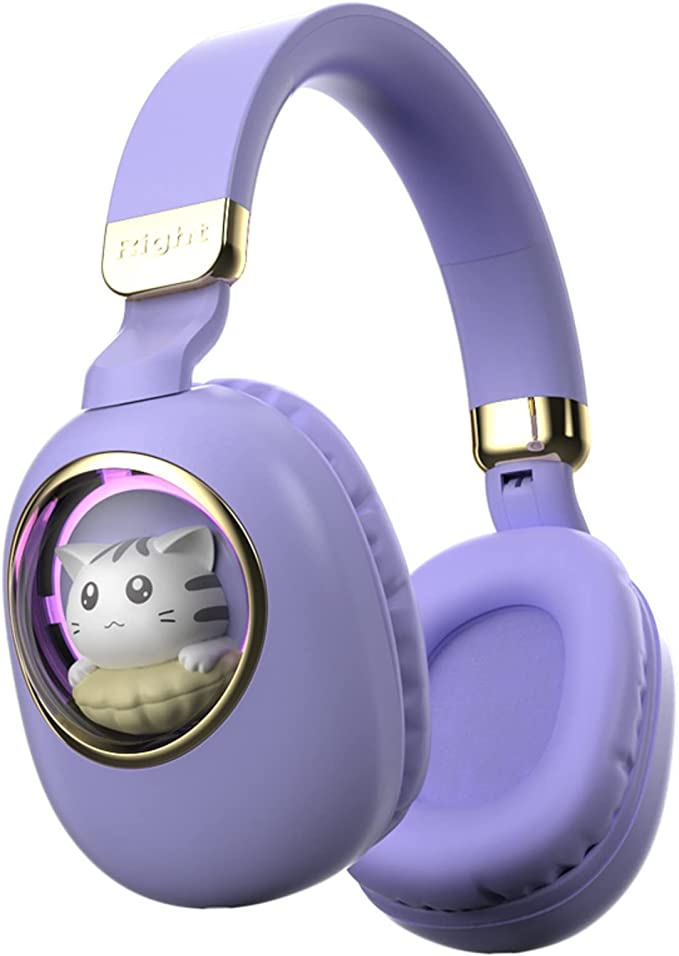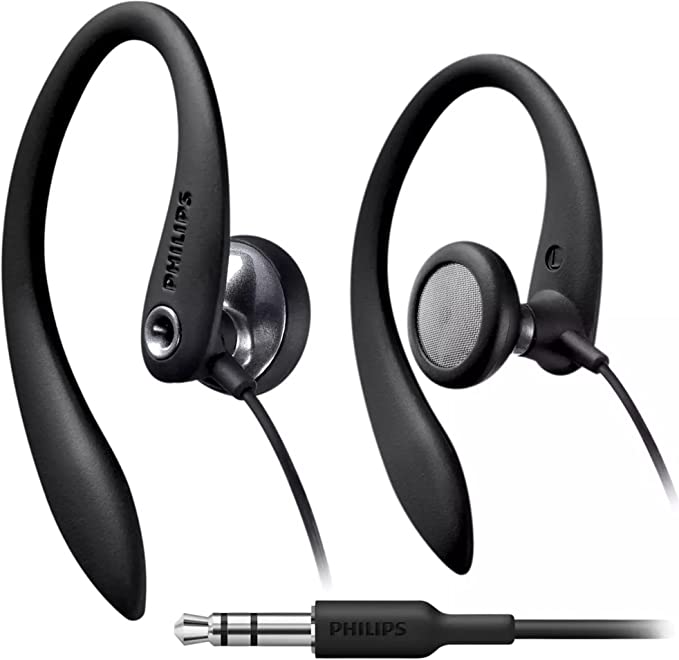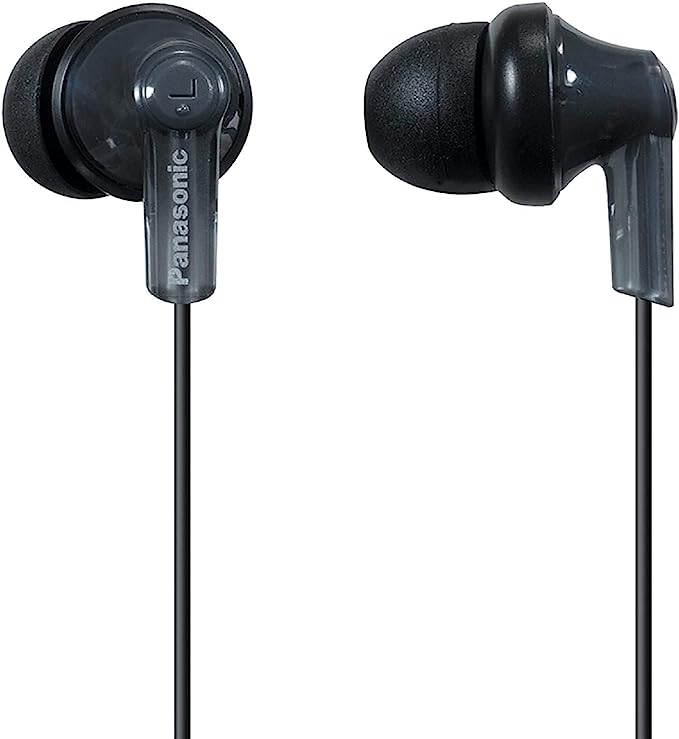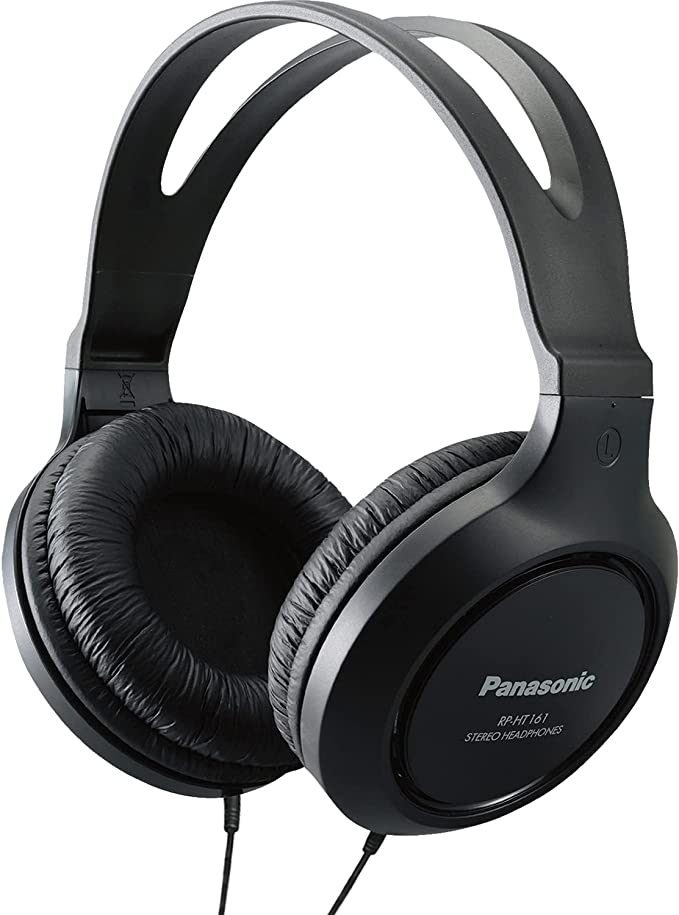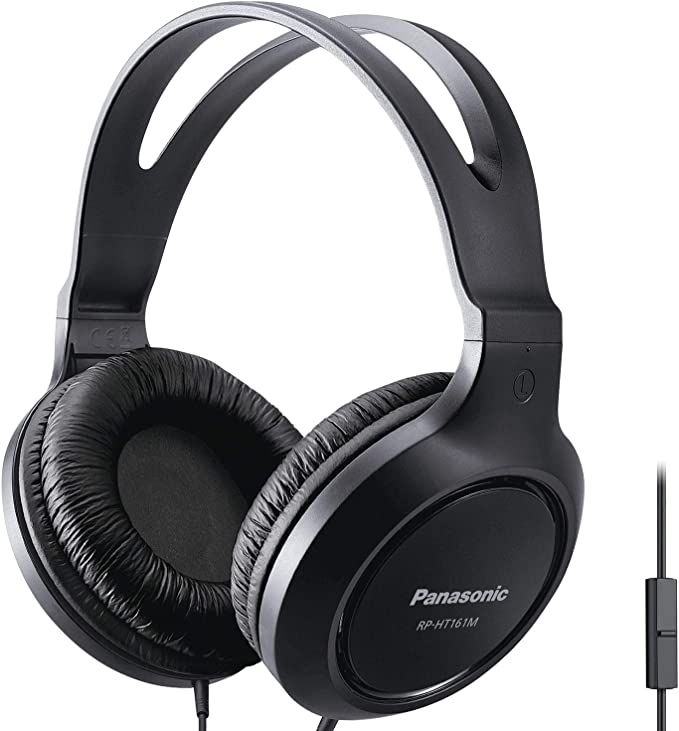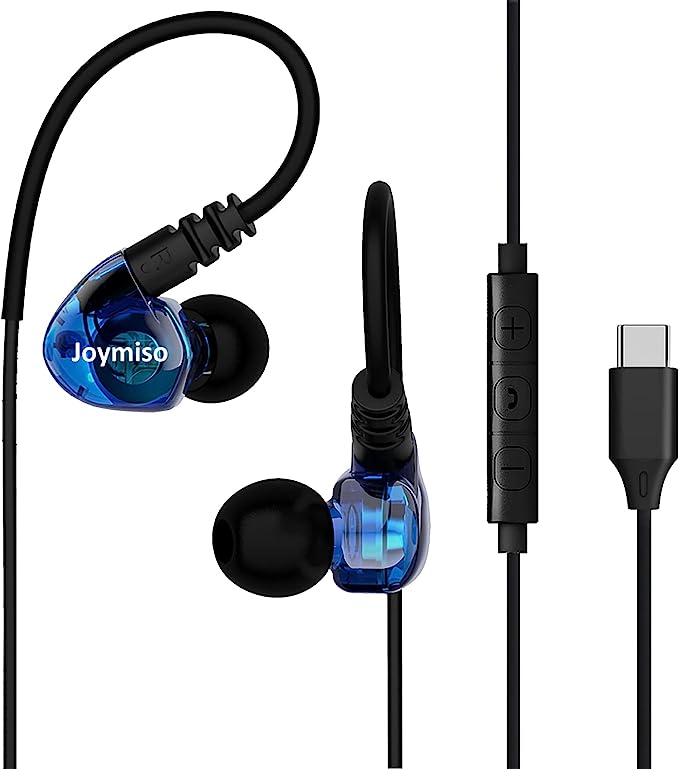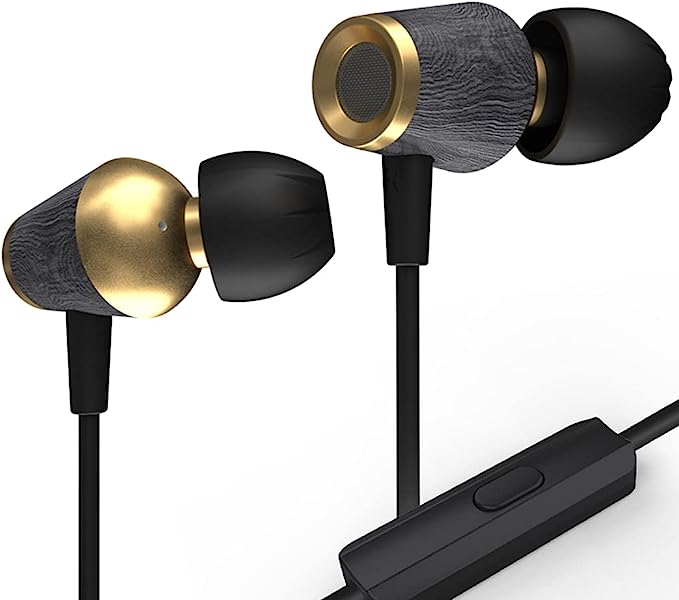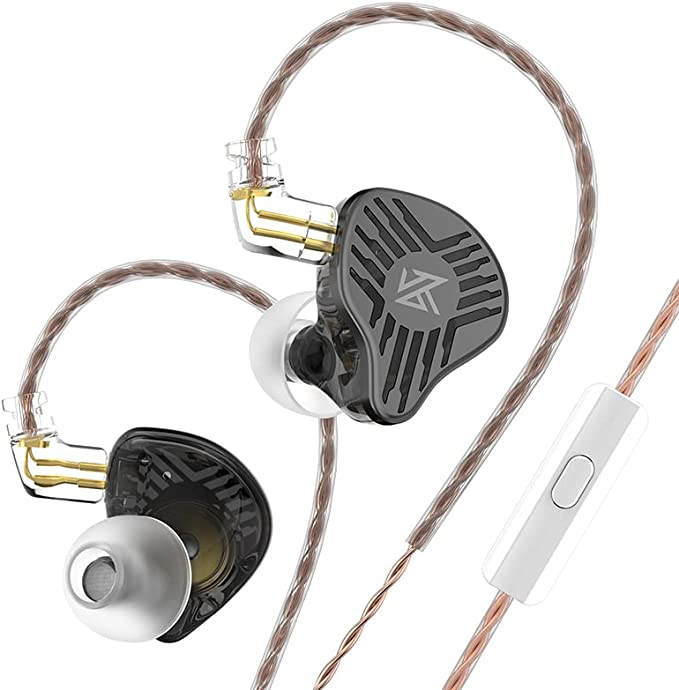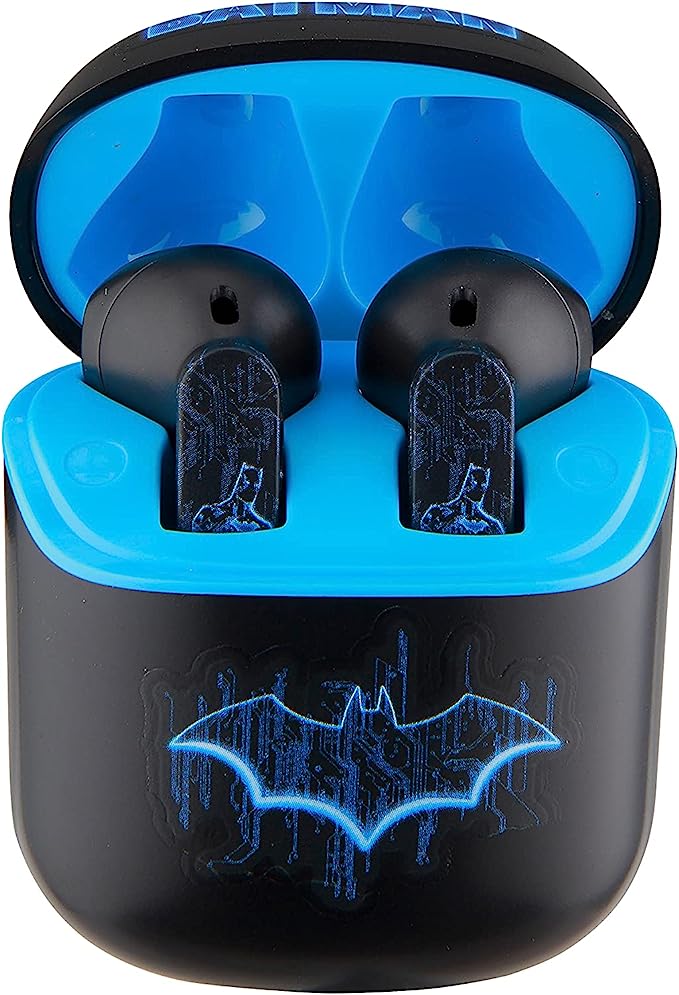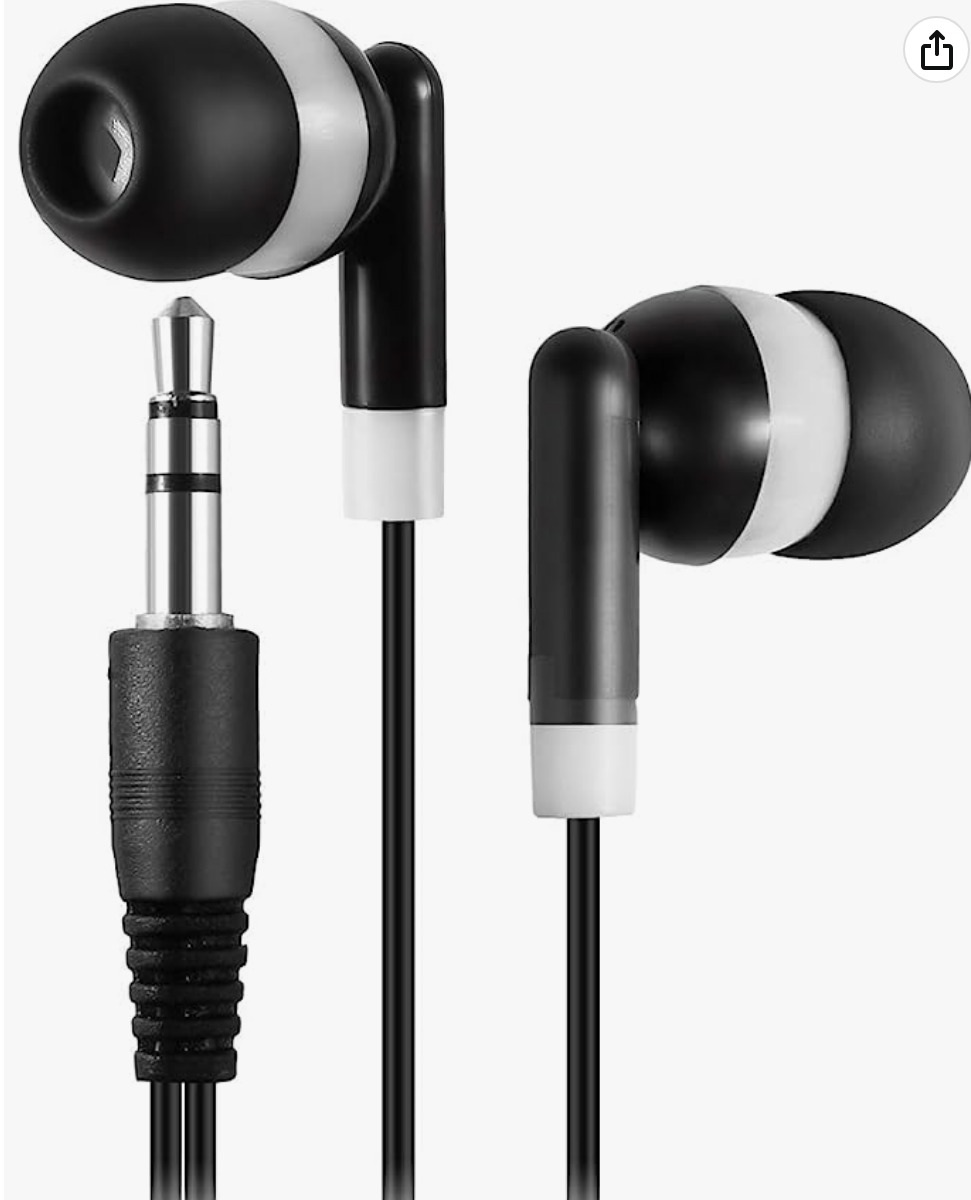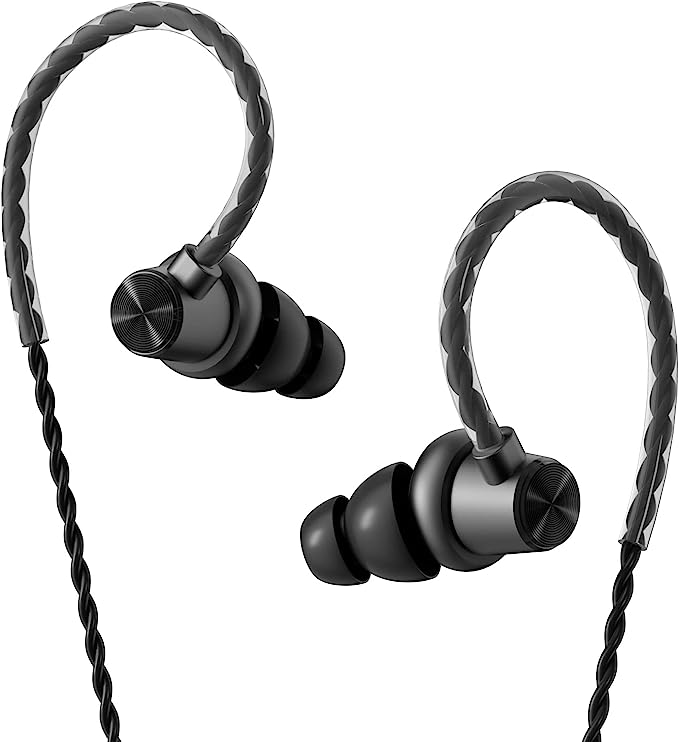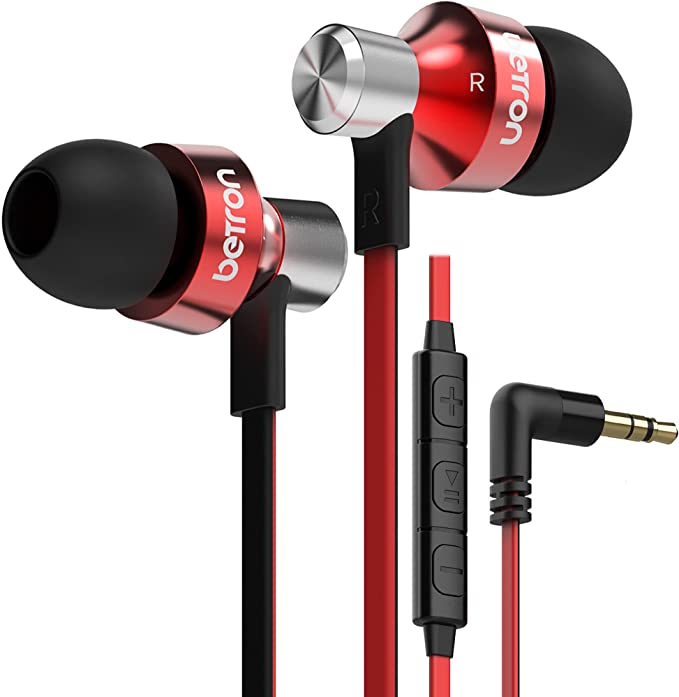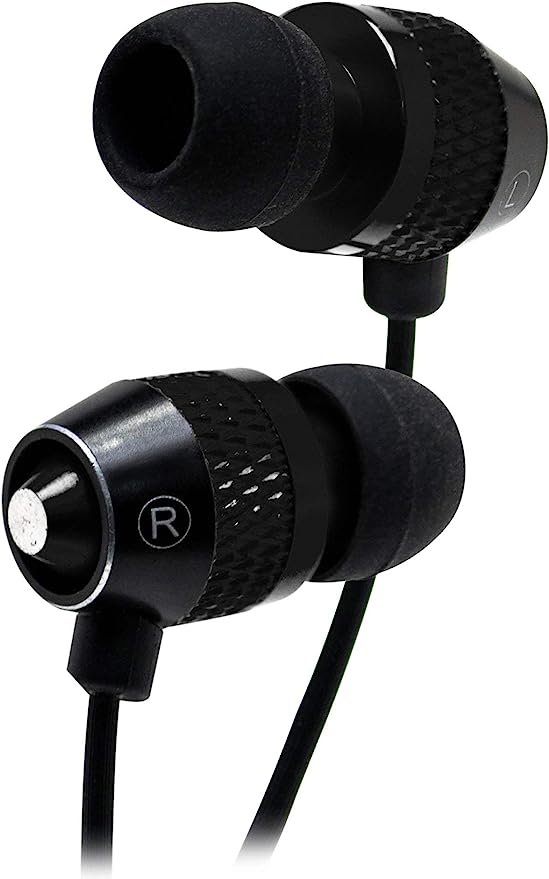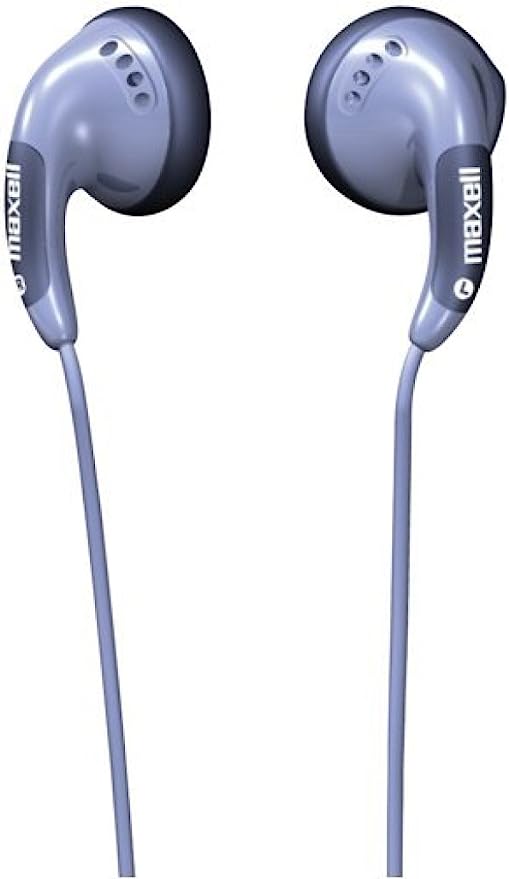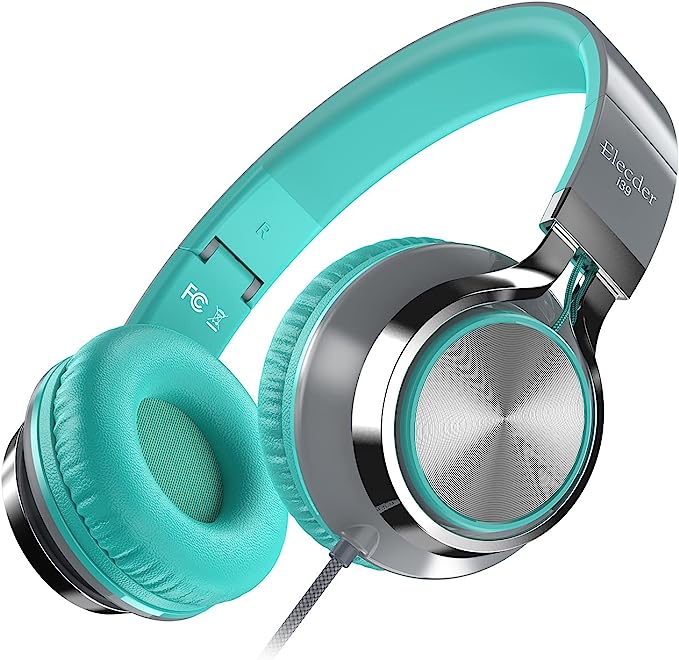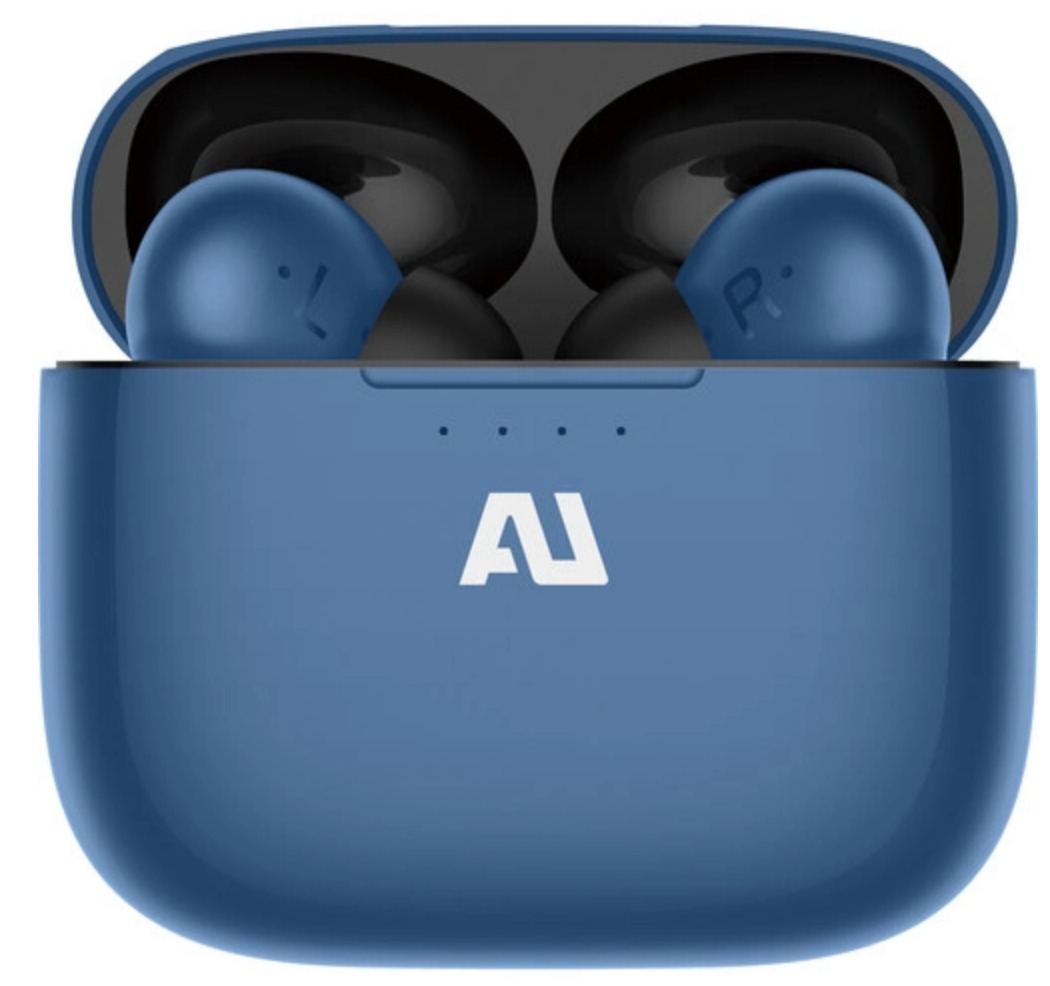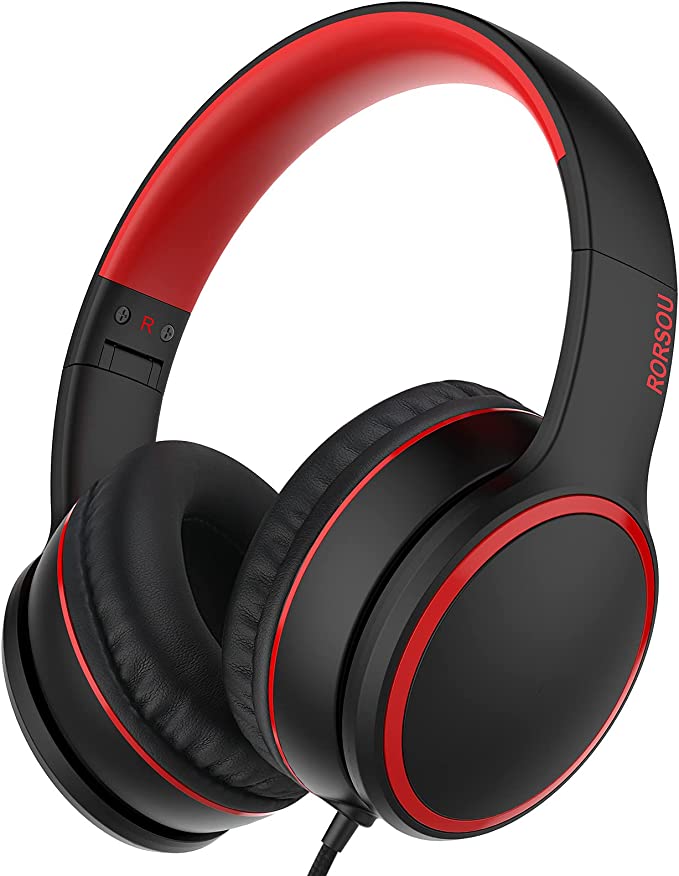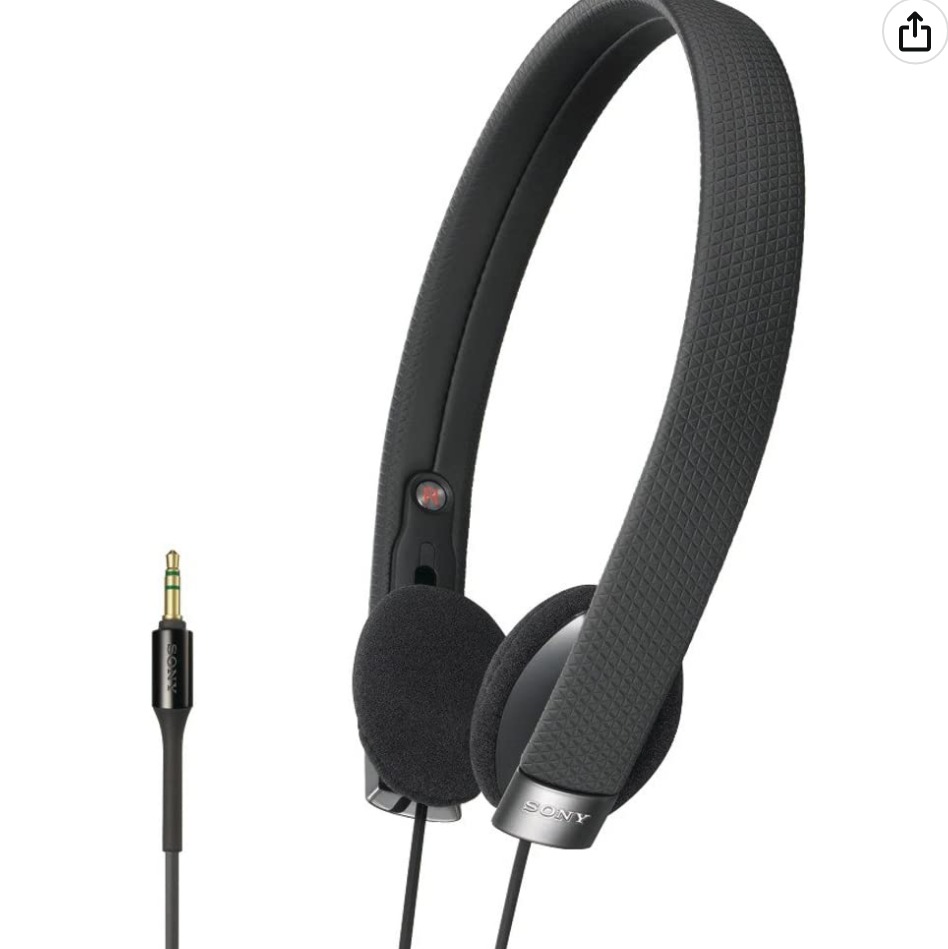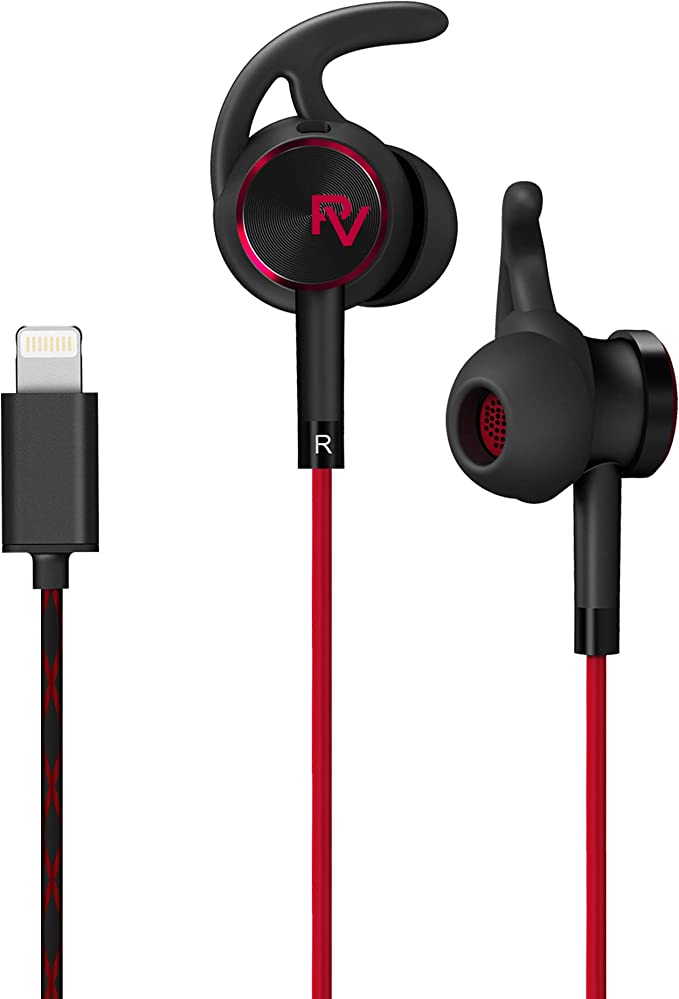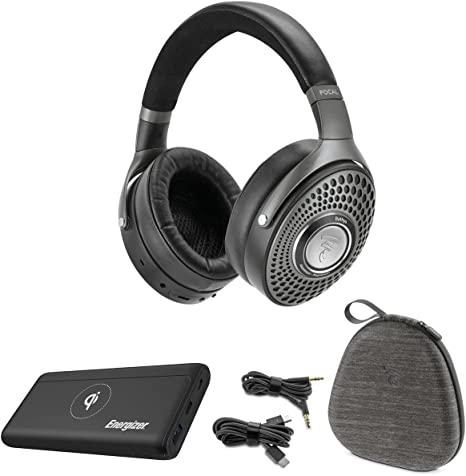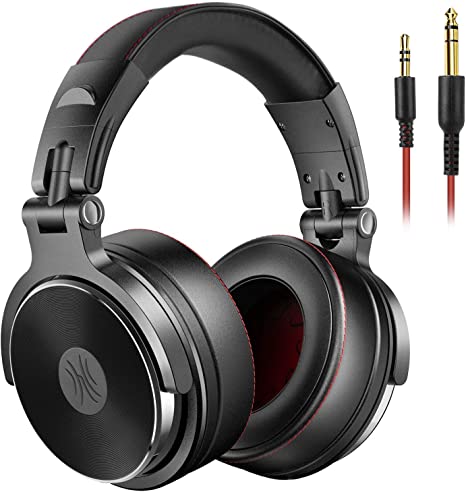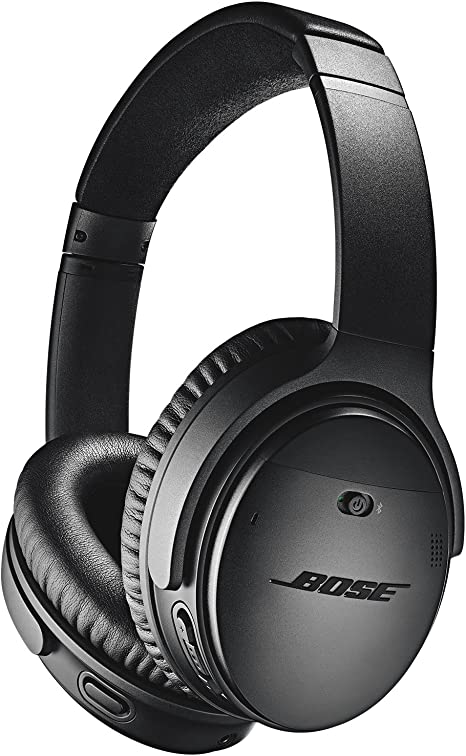NIVAVA K16 Wired Headphones: Comfortable & Durable Sound for Kids and Teens
Update on March 21, 2025, 5:37 a.m.
Before we dive into the fascinating world of headphones, let’s start with the basics: what is sound, anyway? You might think of it as something you hear, but at its core, sound is a form of energy – specifically, vibrational energy. Imagine dropping a pebble into a still pond. The impact creates ripples that spread outwards, right? Sound travels in a similar way, as waves of vibration through a medium, such as air, water, or even solid objects.
These vibrations aren’t just random jiggles. They have specific properties, like frequency and amplitude. Frequency refers to how many times a wave vibrates per second, measured in Hertz (Hz). The higher the frequency, the higher the pitch of the sound we perceive. Think of the high-pitched squeak of a mouse versus the low rumble of thunder. Amplitude, on the other hand, relates to the intensity or power of the vibration – essentially, how much the air molecules are displaced. This determines the loudness of the sound, measured in decibels (dB). A whisper might be around 20 dB, while a rock concert could reach 120 dB or more.

Human Hearing: How Do We Hear?
Our ears are incredibly intricate biological instruments designed to capture these vibrations and translate them into the sounds we experience. The process begins with the outer ear, the visible part that funnels sound waves into the ear canal. These waves then hit the eardrum, a thin membrane that vibrates in response.
These vibrations are then passed on to three tiny bones in the middle ear – the malleus, incus, and stapes (also known as the hammer, anvil, and stirrup). These bones act as a lever system, amplifying the vibrations and transmitting them to the inner ear.
The inner ear contains the cochlea, a fluid-filled, snail-shaped structure lined with thousands of tiny hair cells. These hair cells are tuned to different frequencies, and when they vibrate, they generate electrical signals that are sent to the brain via the auditory nerve. It’s the brain that ultimately interprets these signals as sound – a remarkable feat of biological engineering! But remember that the human ear doesn’t hear all frequencies. Generally, healthy young people can hear sounds in the 20Hz-20000Hz range.

Headphones: A Brief History
The concept of using a device to directly deliver sound to the ears has a surprisingly long history. Early versions, dating back to the late 19th century, were primarily used for telephone and radio communication. These were often bulky, single-ear devices, far from the sleek headphones we know today. The first headphones were used by telephone operators.
In 1910, Nathaniel Baldwin created the first pair of headphones that resemble modern headphones in his kitchen, and sold them to the US Navy.
The development of stereo sound in the mid-20th century revolutionized headphone technology, leading to the two-earcup designs that became increasingly popular for music listening. The invention of the Walkman in the late 1970s further propelled headphones into the mainstream, transforming them into a portable and personal audio accessory.
Inside the Earcups: How do Headphones Work?
At their heart, headphones are essentially miniature loudspeakers. They use a component called a driver to convert electrical signals from a device (like your phone or computer) into sound waves. The most common type of driver is the dynamic driver, which works on the principle of electromagnetism.
Imagine a tiny coil of wire (the voice coil) attached to a thin, flexible membrane (the diaphragm). This coil sits within a magnetic field created by a permanent magnet. When an electrical audio signal passes through the voice coil, it creates a fluctuating magnetic field that interacts with the permanent magnet’s field. This interaction causes the voice coil, and thus the diaphragm, to vibrate rapidly. These vibrations push and pull the air molecules around them, creating the sound waves that travel to your ears.

Types of Headphones
Headphones come in a variety of shapes and sizes, each with its own advantages and disadvantages. Here are some of the most common types:
-
On-Ear (Supra-aural): These headphones rest on your ears, but don’t completely enclose them. They’re generally lighter and more portable than over-ear headphones, but they may not block out as much external noise.
-
Over-Ear (Circumaural): These headphones have larger earcups that fully enclose your ears, creating a seal that helps to isolate you from external sounds. They often provide better sound quality and bass response than on-ear headphones, but they can be bulkier and less comfortable for some users.
-
In-Ear: Very portable, and good at blocking external noise.
-
Open-Back: These headphones have earcups that are open to the outside world, allowing air and sound to pass through freely. This can create a more natural and spacious soundstage, but it also means that sound can leak out, and external noise can leak in. They’re best suited for quiet listening environments.
-
Closed-Back: These headphones have sealed earcups that prevent sound from leaking in or out. They provide better noise isolation than open-back headphones, making them a good choice for noisy environments or for private listening.
Understanding Headphone Specifications
When you’re shopping for headphones, you’ll encounter a variety of technical specifications. Here are some of the key ones to understand:
- Frequency Response: This refers to the range of frequencies (from low bass to high treble) that the headphones can reproduce. A wider frequency response generally indicates a more accurate and detailed sound. A typical range is 20Hz to 20,000Hz, matching the range of human hearing.
- Impedance: Measured in ohms (Ω), impedance describes how much resistance the headphones offer to the electrical signal. Higher impedance headphones generally require more power to drive, but they may also be less susceptible to distortion from low-quality audio sources. Lower impedance headphones are easier to drive with portable devices.
- Sensitivity: Measured in decibels per milliwatt (dB/mW) or decibels per volt(db/V), sensitivity indicates how loud the headphones will play at a given power level. Higher sensitivity headphones will play louder with the same amount of power.
Headphone Design: Ergonomics and Materials
Beyond the technical specifications, the physical design of headphones plays a crucial role in their comfort and usability. Ergonomics, the study of how people interact with products, is key here.
- Headband: A well-designed headband should distribute the weight of the headphones evenly across your head, avoiding pressure points that can cause discomfort. Adjustable headbands are essential for accommodating different head sizes.
- Earcups: The shape and size of the earcups should fit comfortably around or on your ears, without causing excessive pressure or heat buildup.
- Earpads: The earpads that can come into contact with the ears are usually filled with foam.
- Weight: Lighter headphones are generally more comfortable for extended use.
The materials used in headphone construction also impact both comfort and sound quality.
- Earcups: Common materials include plastic, metal, and even wood. Each material has different acoustic properties that can affect the sound signature.
- Earpads: Earpads are often made of materials like velour, leatherette (synthetic leather), or memory foam. Memory foam conforms to the shape of your ears, providing a comfortable and secure fit.
- Headband padding: Padding will help prevent discomfort from wearing headphones.

Cables and Connections
The most common way to connect headphones to a device is via a 3.5mm audio jack. This familiar connector is found on most smartphones, computers, and other audio devices. There are actually two main types of 3.5mm connectors:
- TRS (Tip-Ring-Sleeve): This is the standard connector for stereo headphones, with three separate conductors for the left channel, right channel, and ground.
- TRRS(Tip-Ring-Ring-Sleeve):With four conductors, it is common in headphones with microphones.
Headphone cables themselves can also vary in quality and construction. Some cables are designed to be detachable, allowing you to replace them if they get damaged or to use different types of cables. Braided cables, like the nylon braided cable found on some headphones, are often more durable and resistant to tangling than standard plastic-coated cables.
Protecting Your Hearing
While headphones can provide immersive audio experiences, it’s crucial to use them responsibly to protect your hearing. Prolonged exposure to loud sounds can cause permanent hearing damage, so it’s important to:
- Keep the volume at a safe level: A good rule of thumb is to keep the volume below 60% of the maximum. If you can’t hear someone talking to you from an arm’s length away, the volume is probably too loud.
- Take breaks: Give your ears regular breaks from listening, especially during extended use.
-
Consider noise-canceling headphones:
- Passive Noise Cancellation: This refers to the physical blocking of sound waves, typically achieved through the design and materials of the earcups. Over-ear headphones with thick, well-sealed earcups provide good passive noise cancellation.
- Active Noise Cancellation (ANC): This more advanced technology uses microphones to detect external noise and then generates an opposing sound wave that cancels it out. ANC is particularly effective at reducing low-frequency sounds, like the rumble of an airplane engine or the hum of traffic.
-
Be aware of your surroundings: When using headphones outdoors, be mindful of your surroundings and avoid turning the volume up so high that you can’t hear traffic or other important sounds.

The Future of Headphones
Headphone technology is constantly evolving. Here are some of the trends we can expect to see in the future:
- Wireless Technology: Bluetooth headphones are already incredibly popular, and we can expect to see further improvements in wireless audio quality, battery life, and connectivity.
-
Smart Features: Headphones are becoming increasingly “smart,” with features like built-in voice assistants, personalized sound profiles, and even real-time language translation. Imagine headphones that automatically adjust the equalization based on your hearing profile or the type of music you’re listening to.
-
Biometric Sensors: Some headphones are starting to incorporate biometric sensors that can track things like heart rate, activity levels, and even brainwave activity. This data could be used for fitness tracking, stress management, or even controlling devices with your mind!
- Augmented Audio Reality: This emerging technology blends the digital and physical worlds by layering computer-generated sounds onto your real-world environment. Imagine headphones that can provide you with turn-by-turn directions while walking down the street, or that can create realistic sound effects for games and movies.
- Sustainable Materials: As consumers become more environmentally conscious, we can expect to see headphone manufacturers using more sustainable and eco-friendly materials in their products. This could include recycled plastics, bio-based plastics, and sustainably sourced wood.
- Bone Conduction Technology: Different from traditional headphones, they transmit sound through vibrations in the bones of the skull.
Headphones, once simple devices for private listening, have evolved into sophisticated pieces of technology that enhance our audio experiences and connect us to the digital world. By understanding the science of sound, the principles of headphone design, and the importance of hearing protection, you can appreciate the remarkable engineering that goes into these everyday devices and make informed choices about the headphones that are right for you. From the earliest telephone headsets to the futuristic concepts of augmented audio reality, the journey of headphones is a testament to human ingenuity and our enduring fascination with sound.
